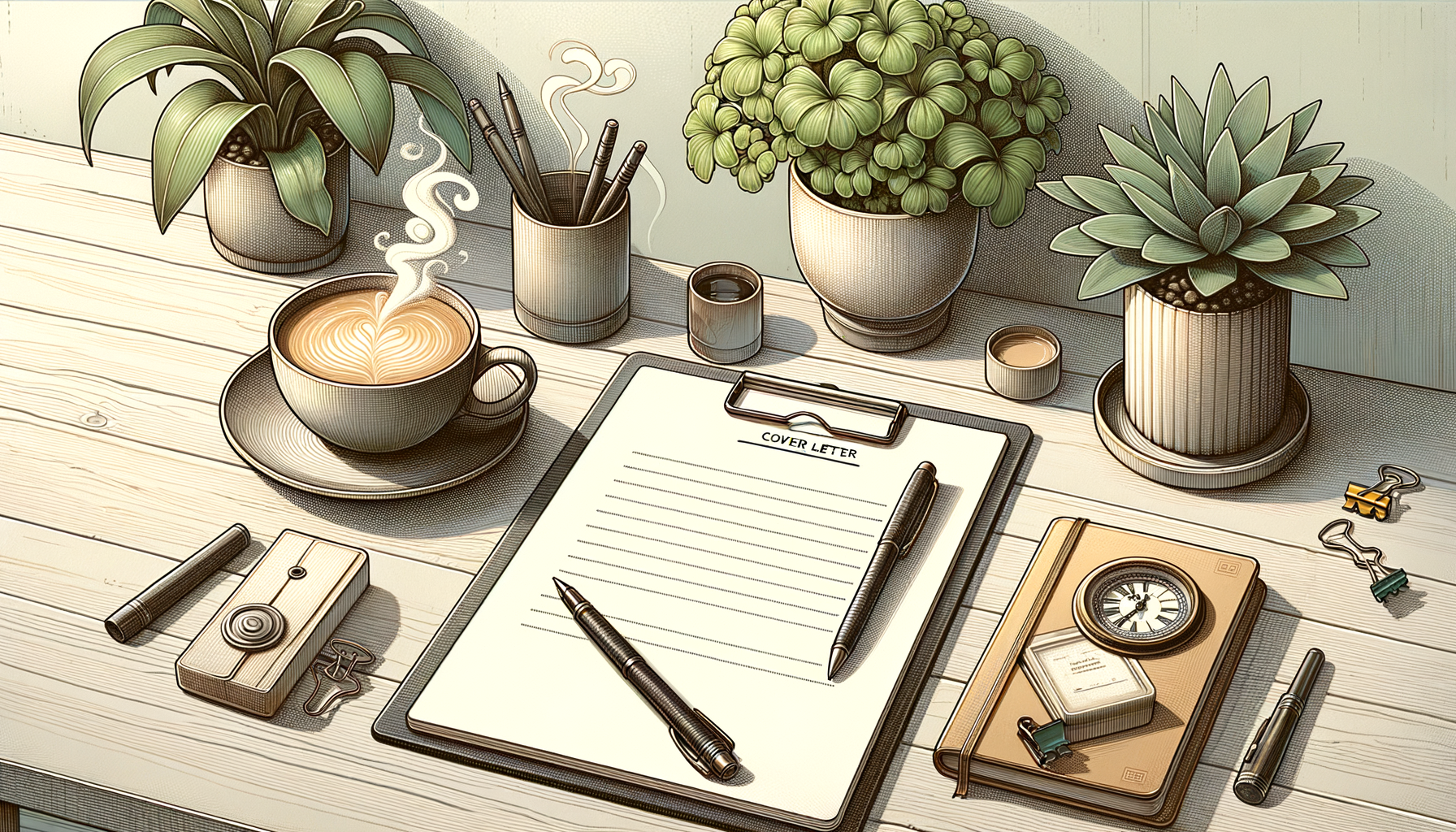Writing a compelling cover letter is a crucial step in the job application process. It serves as your personal introduction to potential employers and can set you apart from other candidates. A well-crafted cover letter not only highlights your qualifications but also demonstrates your enthusiasm and fit for the role. This guide will walk you through the essential elements of creating a cover letter that captures attention and increases your chances of landing an interview.
Understanding the Essentials of a Great Cover Letter
Before diving into the writing process, it’s important to clearly understand what a great cover letter entails. At its core, a cover letter should complement your resume by providing context to your skills and experiences, while also showcasing your personality and motivation. It is not just a summary of your resume but a tailored message that connects your background to the specific job you are applying for.
Key dimensions to consider when writing your cover letter include:
- Personalization to the company and role
- Clear articulation of your unique value proposition
- Professional tone balanced with genuine enthusiasm
- Conciseness and clarity in your messaging
- Proper formatting and error-free writing
How To Write A Great Cover Letter - Step by Step
Following a structured approach can simplify the process of writing your cover letter. Here is a step-by-step guide to help you craft a letter that stands out:
Step 1: Research the Company and Role
Begin by thoroughly researching the company’s mission, values, culture, and the specifics of the job description. Understanding these elements allows you to tailor your cover letter to align with the employer’s expectations and demonstrate your genuine interest in the position.
Step 2: Start with a Strong Opening
Your opening paragraph should grab the reader’s attention immediately. Introduce yourself, mention the position you are applying for, and briefly state why you are excited about the opportunity. A compelling opening sets the tone for the rest of the letter.
Step 3: Highlight Relevant Skills and Experiences
Use the body of your cover letter to showcase your most relevant qualifications. Focus on specific achievements and experiences that directly relate to the job requirements. Use concrete examples to illustrate how your skills have made a positive impact in previous roles.
Step 4: Demonstrate Cultural Fit and Enthusiasm
Employers want to hire candidates who will thrive within their company culture. Use this section to explain why you are a good fit for the team and how your values align with the organization’s. Express genuine enthusiasm for the role and the company’s mission.
Step 5: Close with a Call to Action
End your cover letter by thanking the reader for their time and expressing your eagerness to discuss your application further. Include a polite call to action, such as your availability for an interview or a request for a follow-up conversation.
What You Need to Remember
While the step-by-step guide provides a solid framework, there are additional do’s and don’ts that can elevate your cover letter to the next level. First, always proofread your letter multiple times to avoid any spelling or grammatical errors, as these can create a negative impression. Avoid generic phrases and clichés that do not add value or differentiate you from other candidates.
It’s also essential to keep your cover letter concise—ideally no longer than one page. Hiring managers often review many applications, so clarity and brevity are appreciated. Tailoring each cover letter to the specific job and company is crucial; a generic letter can signal a lack of genuine interest.
Following these steps and guidelines can significantly increase your chances of securing an interview. Studies show that candidates who submit personalized cover letters are more likely to be noticed by recruiters, improving interview rates by up to 30%. This investment in crafting a thoughtful letter can pay off substantially in your job search.
Frequently Asked Questions
- How long should my cover letter be?
Your cover letter should ideally be one page, consisting of three to four concise paragraphs that clearly communicate your qualifications and interest. - Should I use a formal or casual tone?
Use a professional tone that reflects the company culture. When in doubt, lean towards formal but approachable language. - Can I use the same cover letter for multiple jobs?
It’s best to customize your cover letter for each job to highlight the most relevant skills and show genuine interest in the specific role. - What if I don’t have much work experience?
Focus on transferable skills, relevant coursework, internships, volunteer work, and your enthusiasm for the role and company. - Is it necessary to include salary expectations in my cover letter?
Generally, it’s best to avoid mentioning salary unless the job posting specifically requests it.
Conclusion
Writing a great cover letter is a powerful way to introduce yourself to potential employers and make a memorable first impression. By researching the company, crafting a strong opening, highlighting your relevant skills, demonstrating cultural fit, and closing with a clear call to action, you can create a compelling narrative that supports your job application.
If you’re ready to take the next step, start by following the step-by-step guide outlined above. With practice and attention to detail, your cover letter can become a key asset in your job search toolkit.






